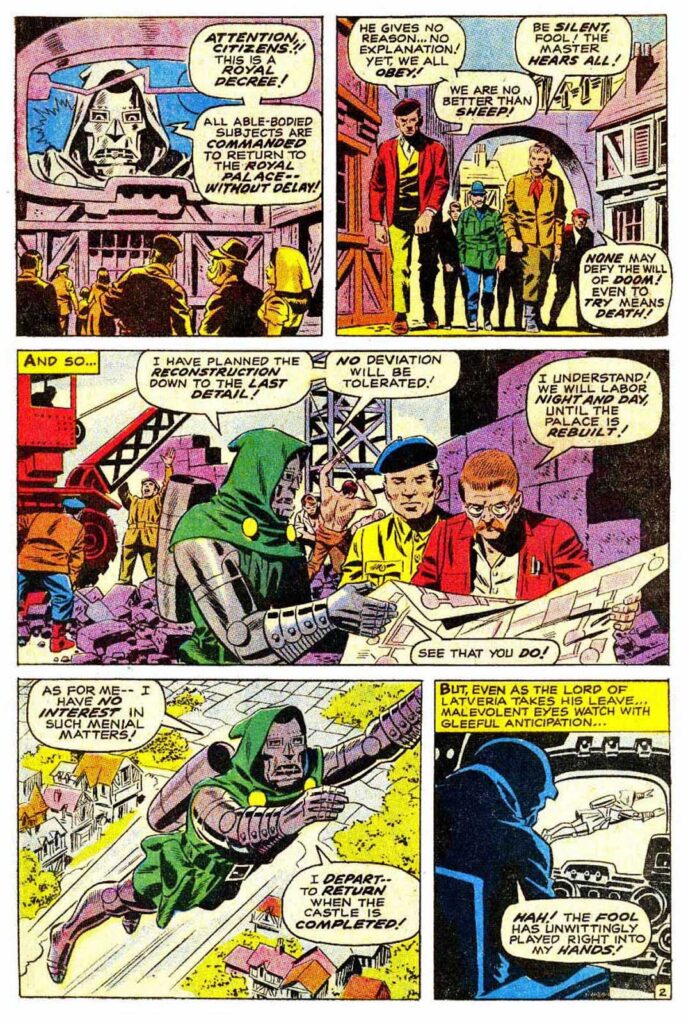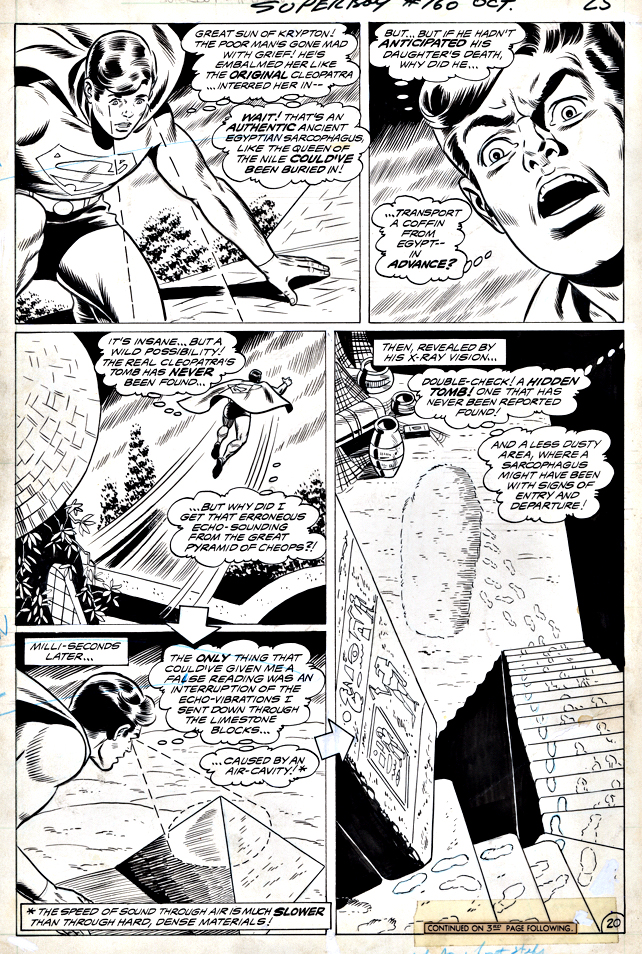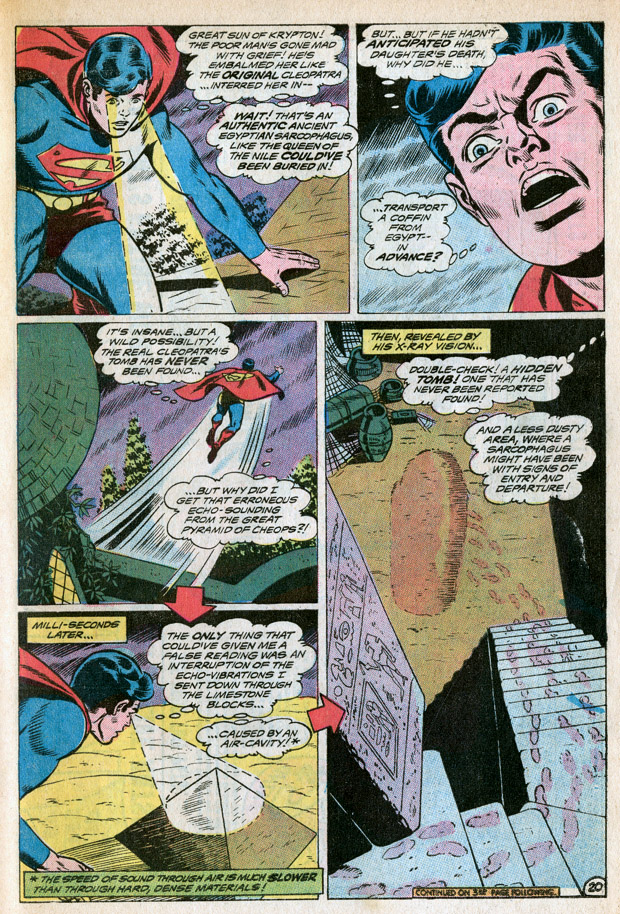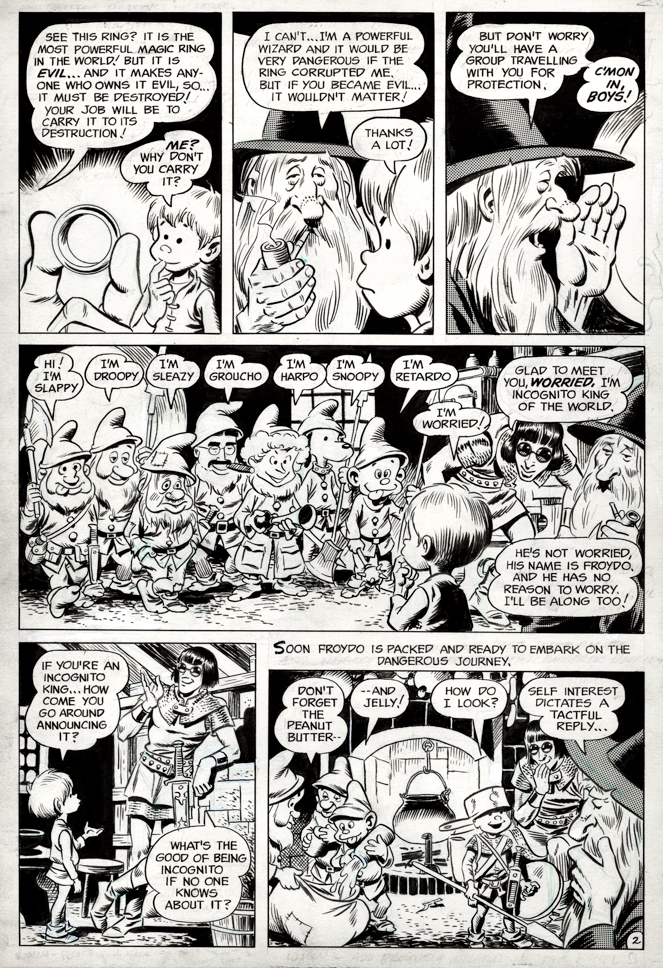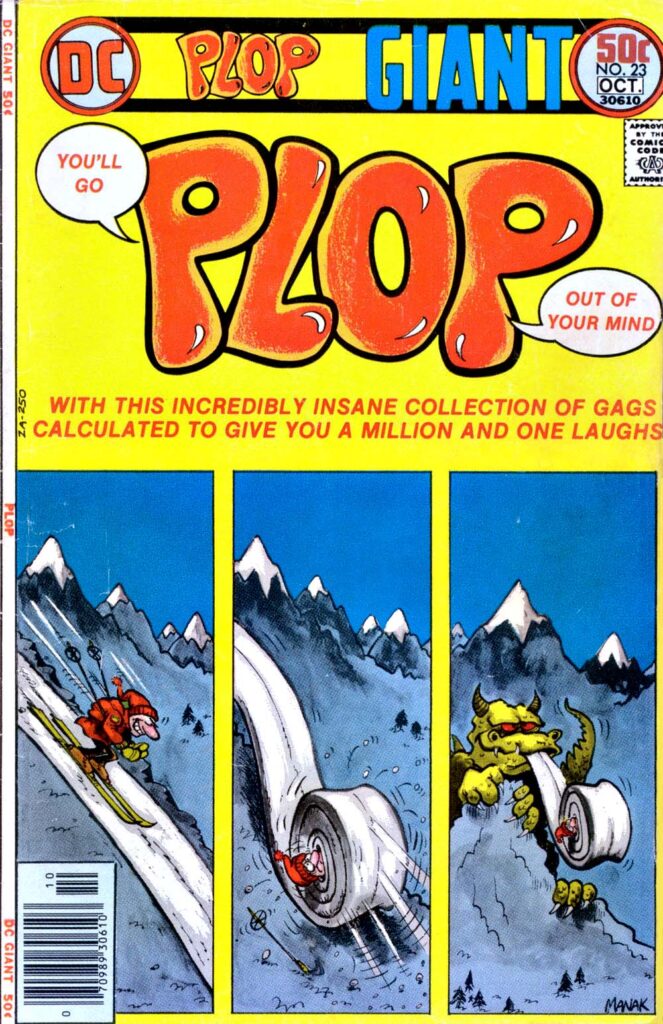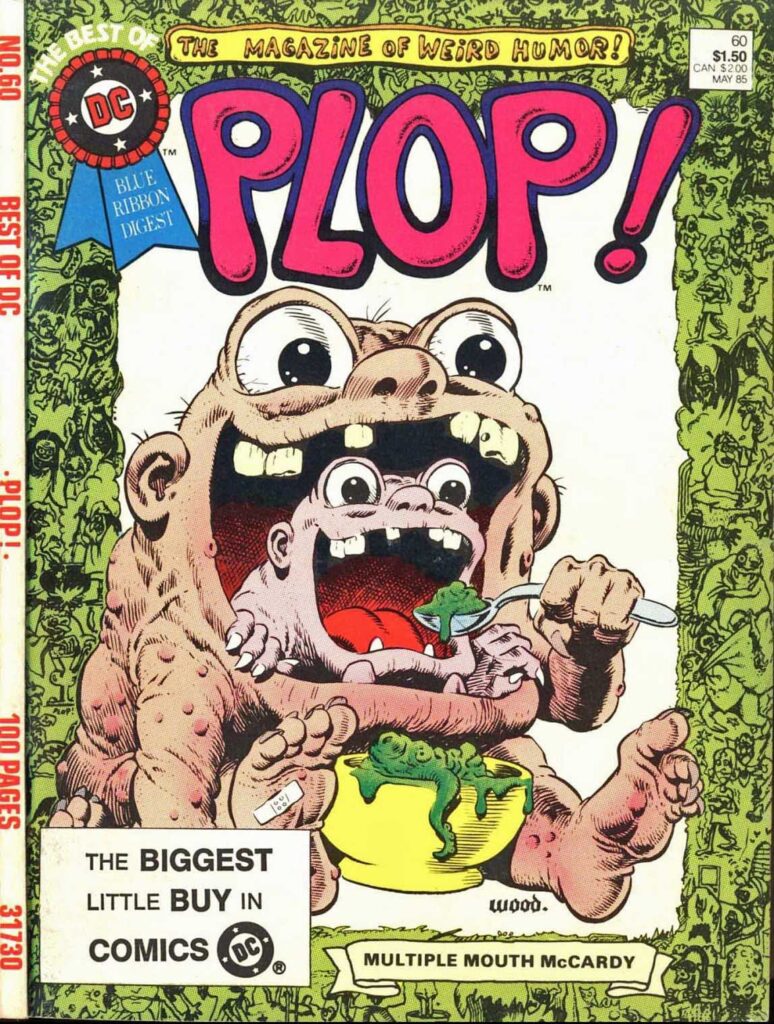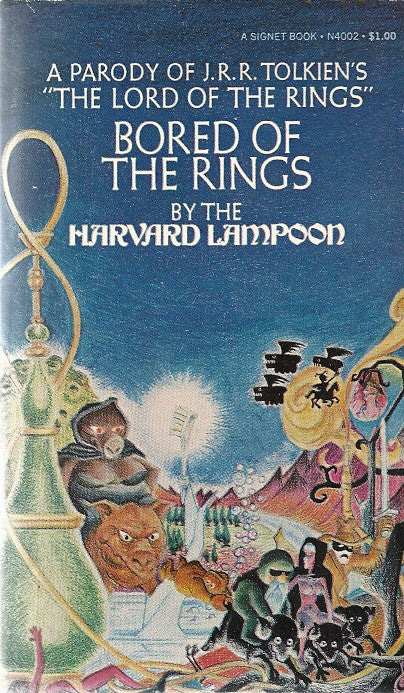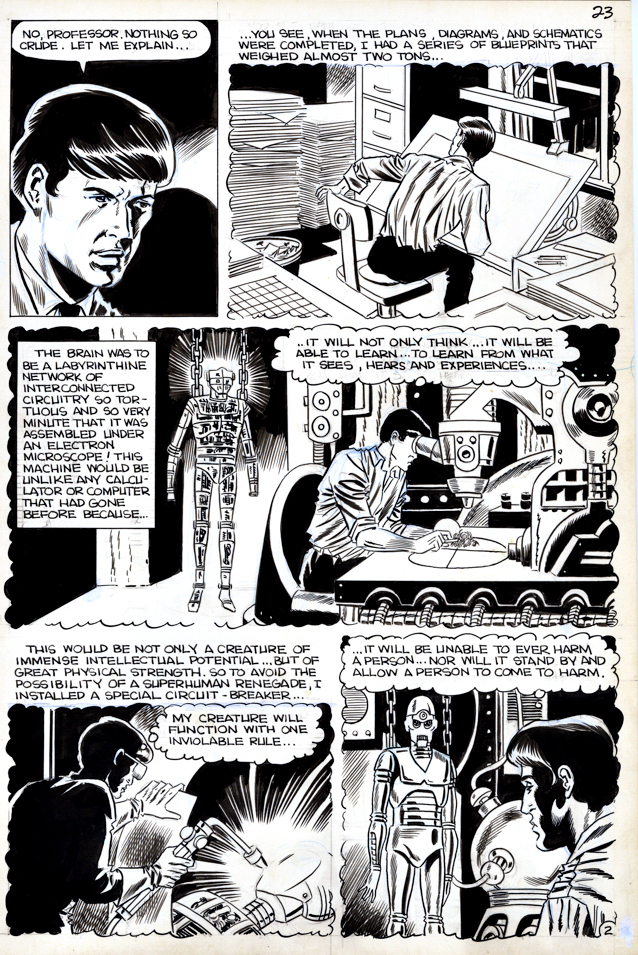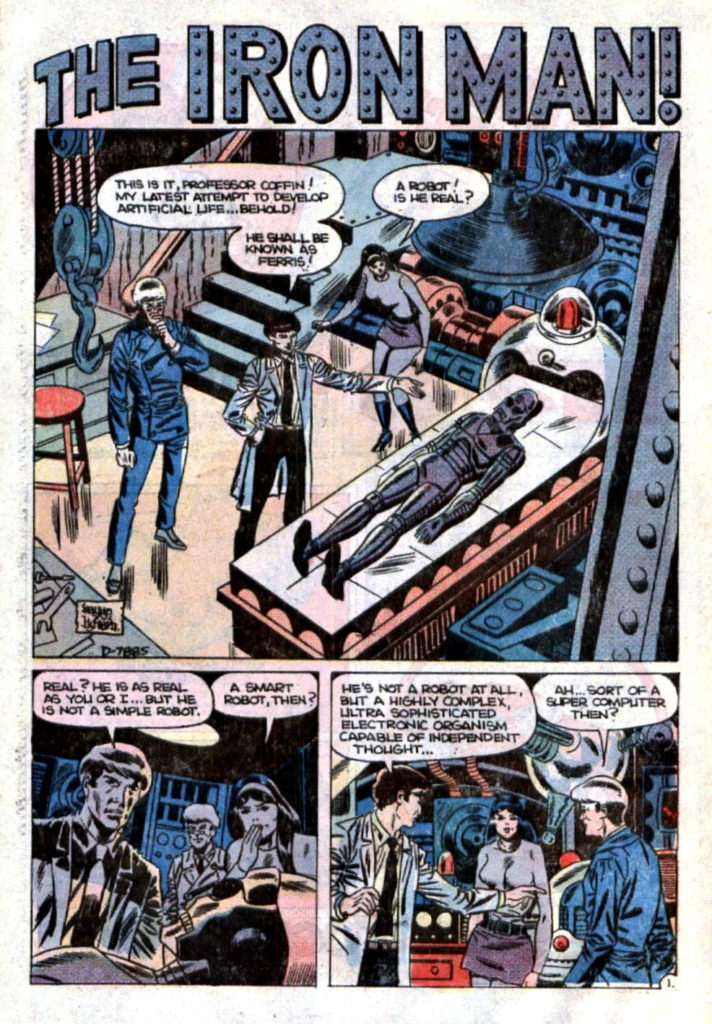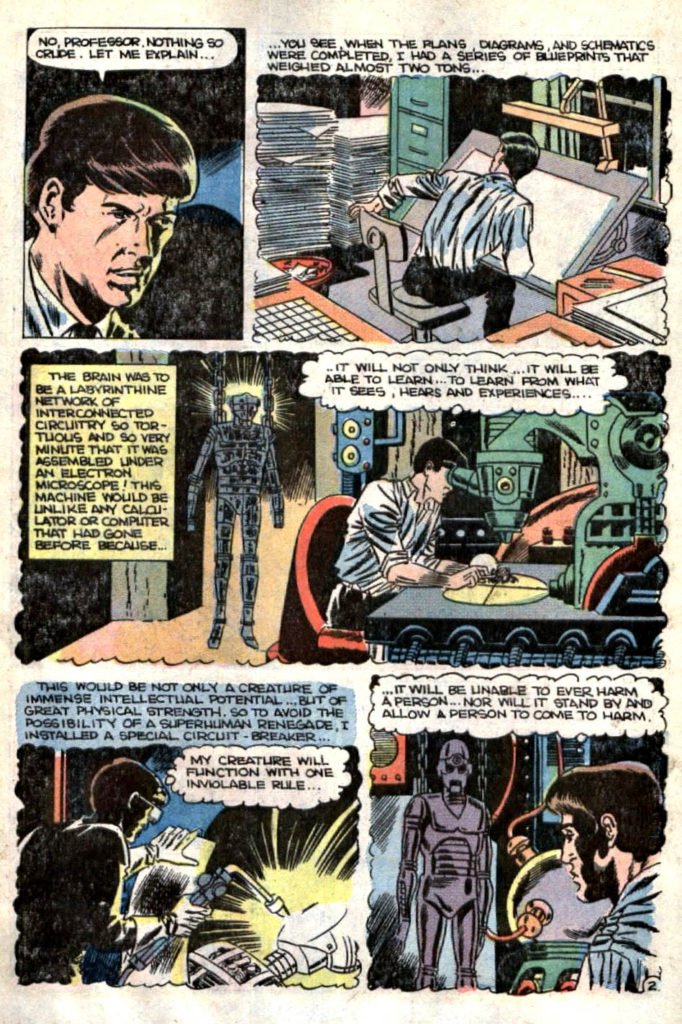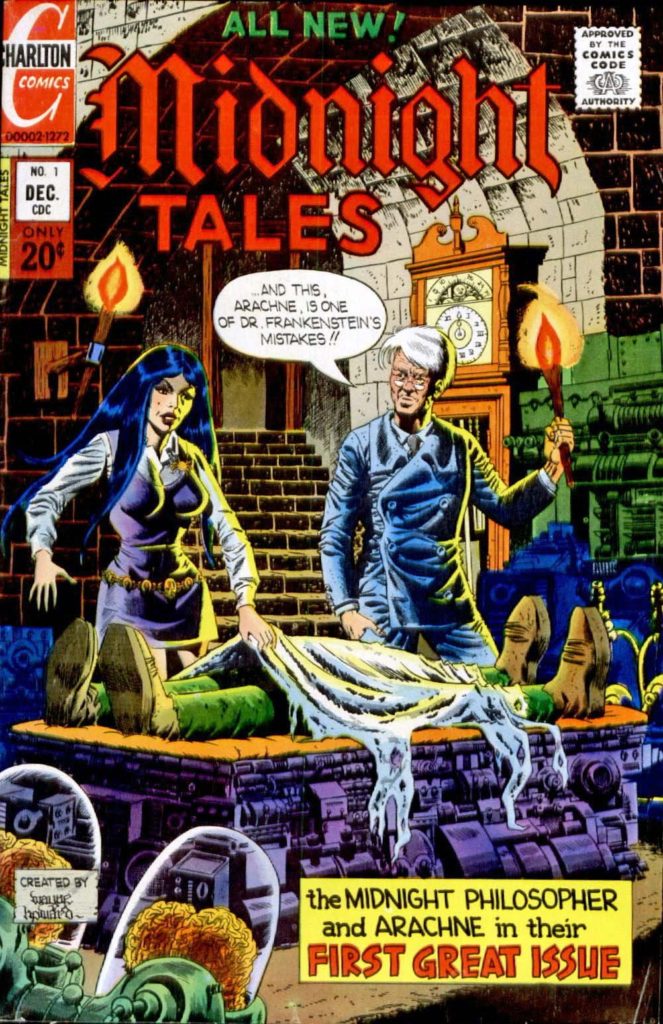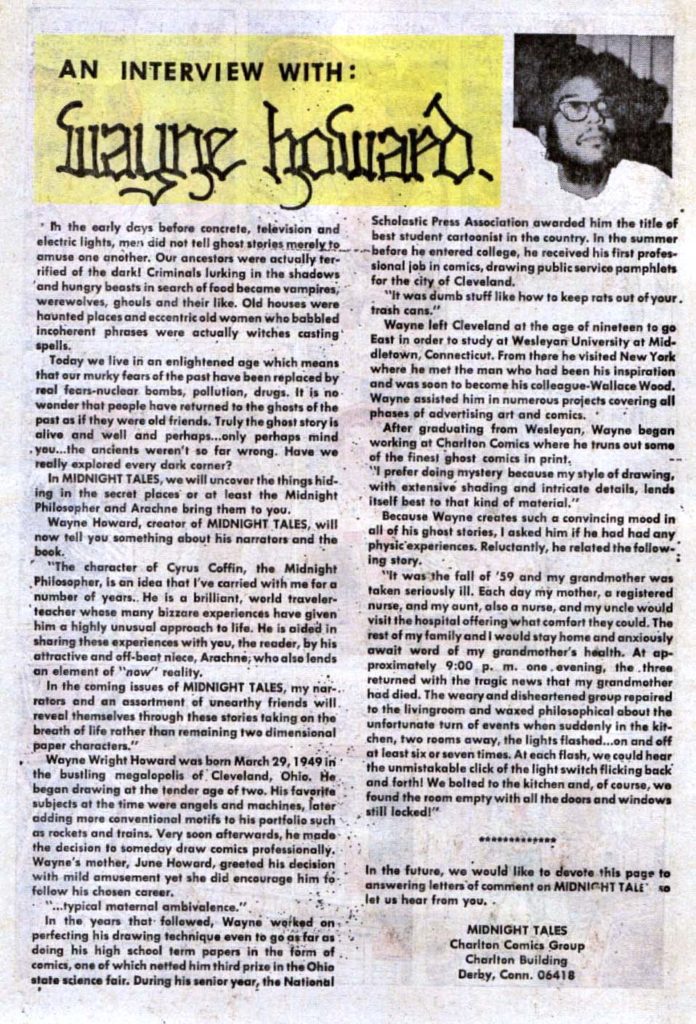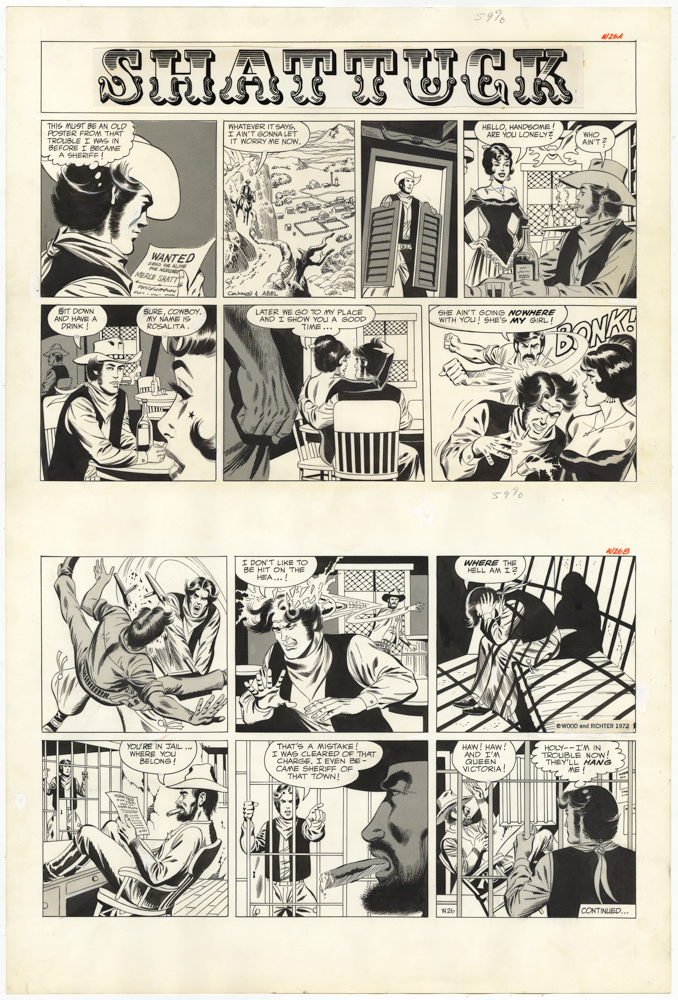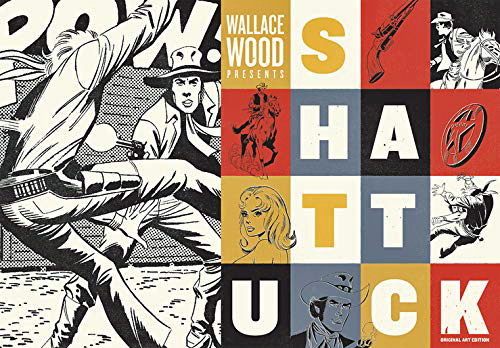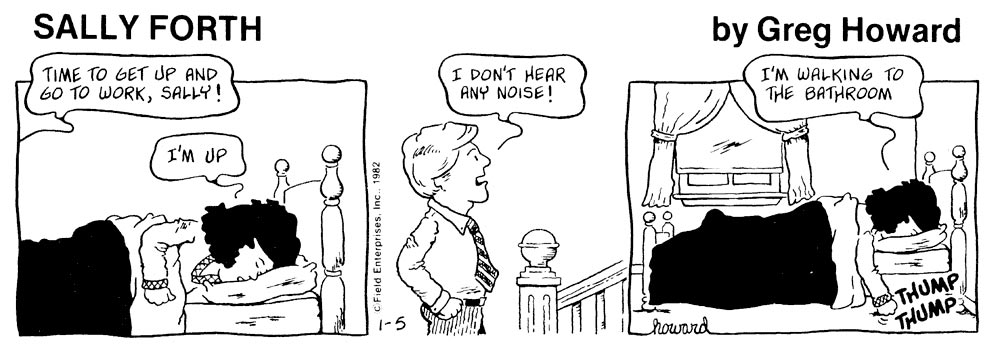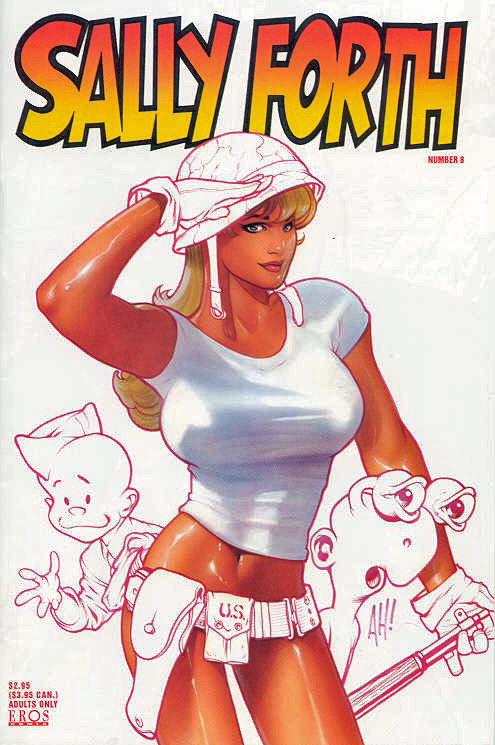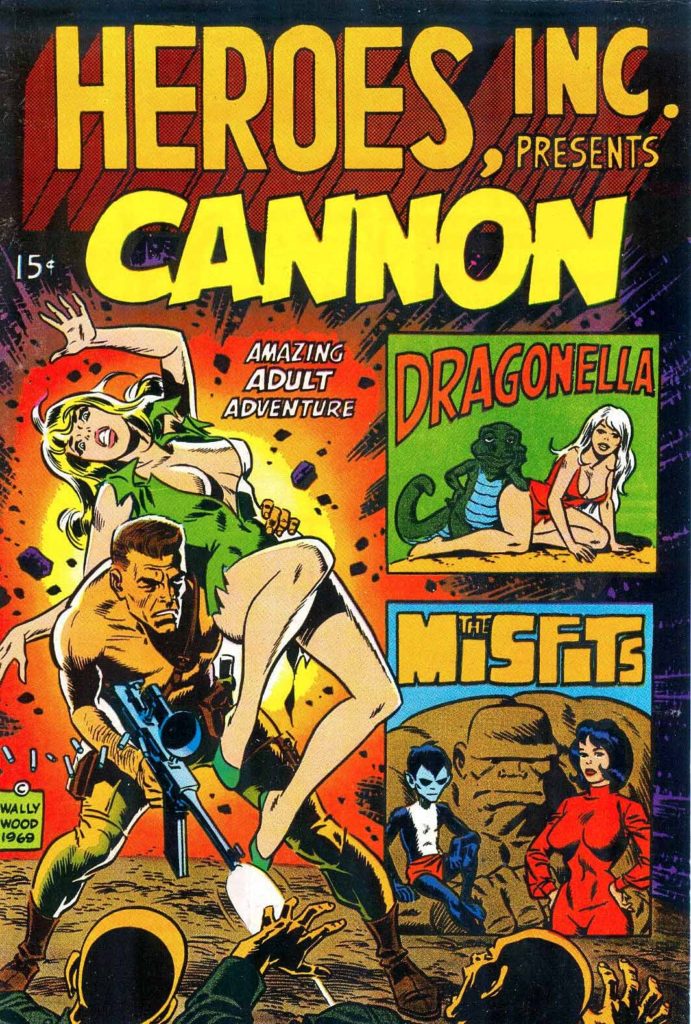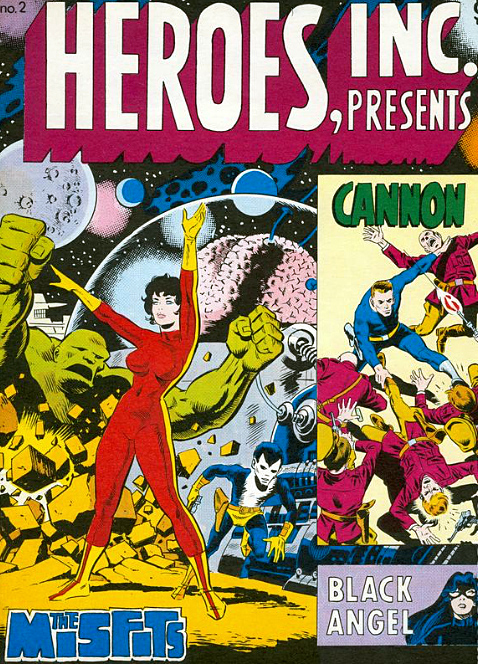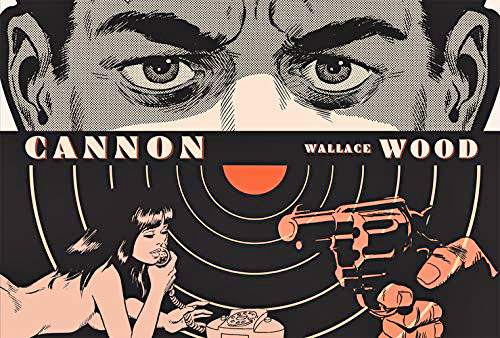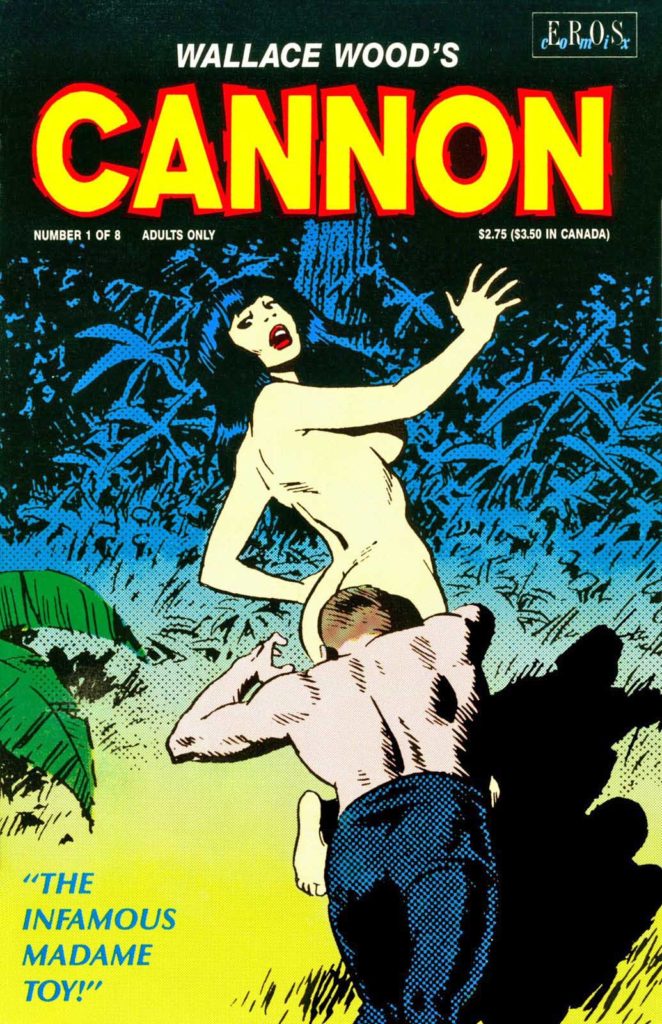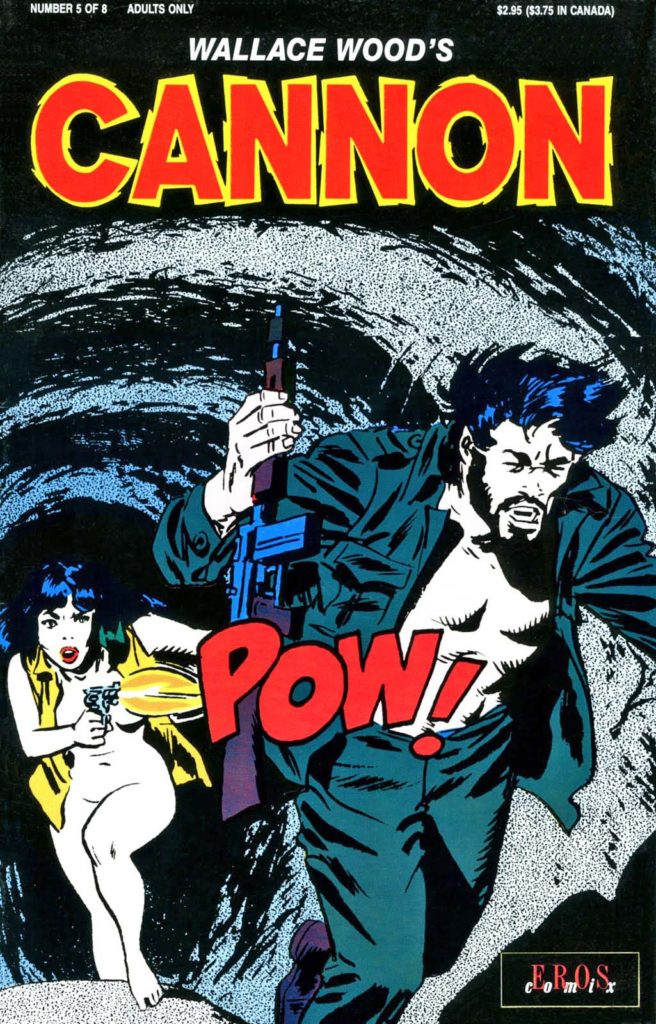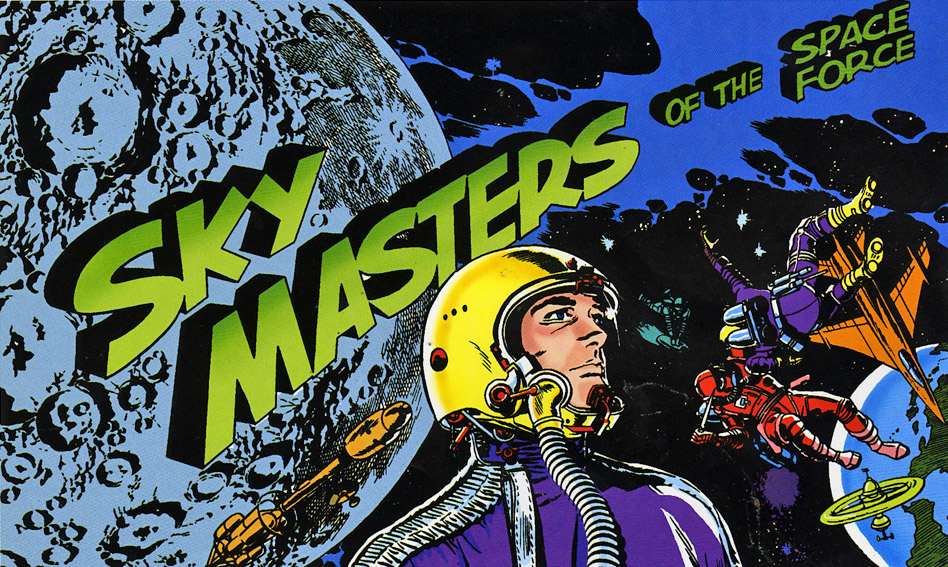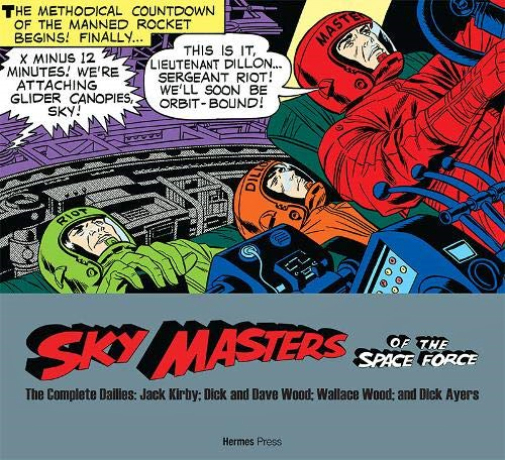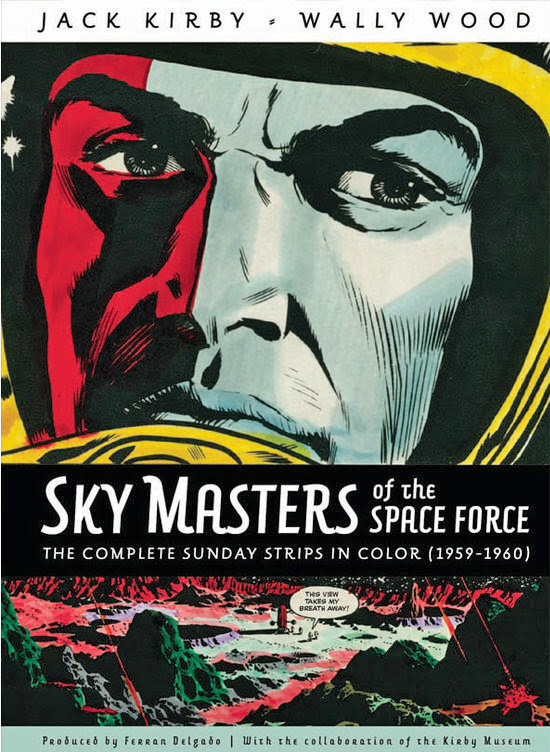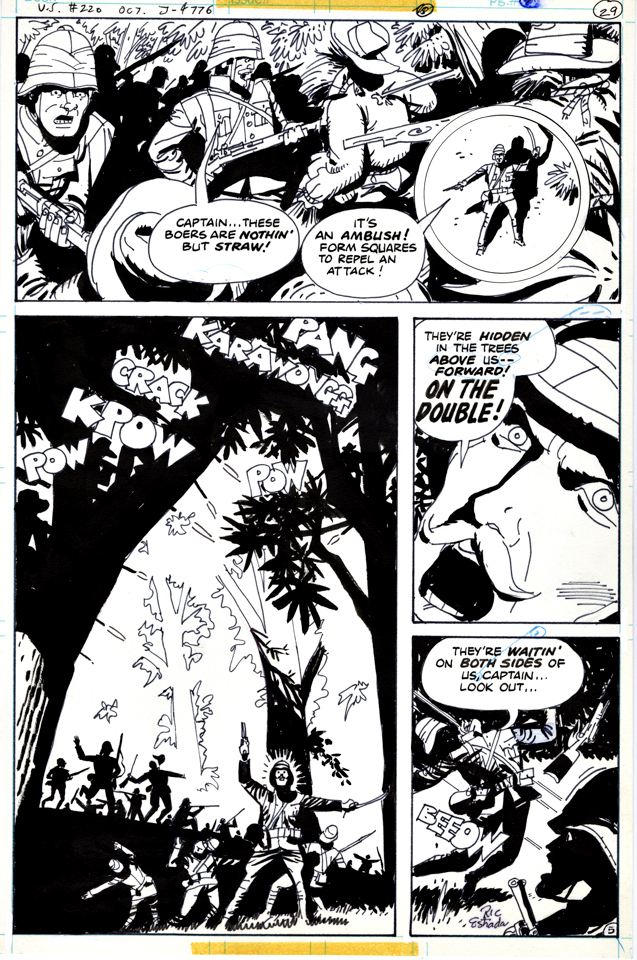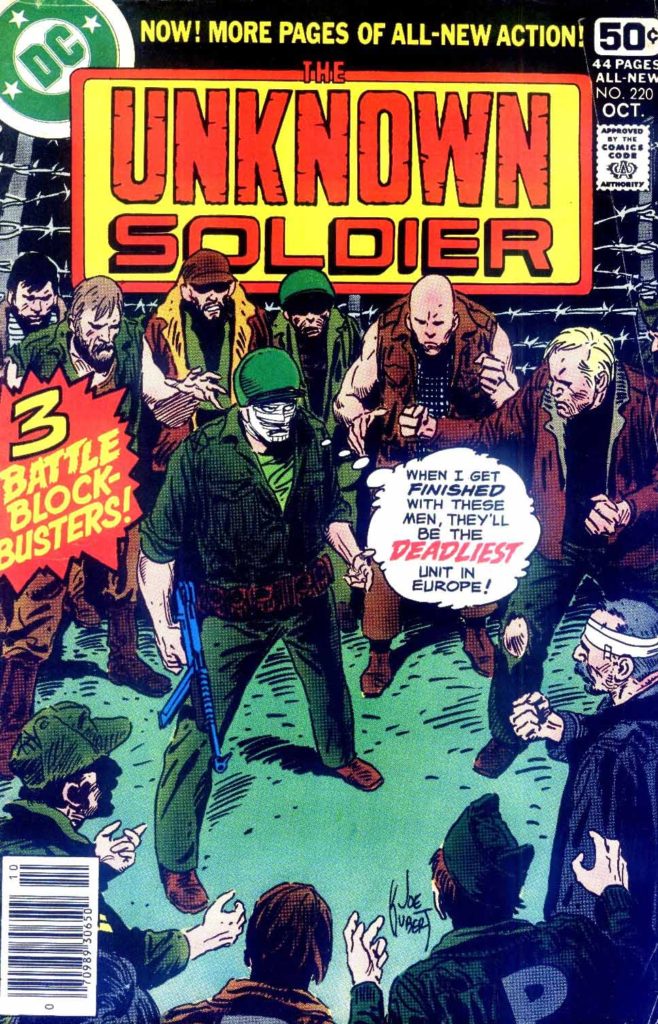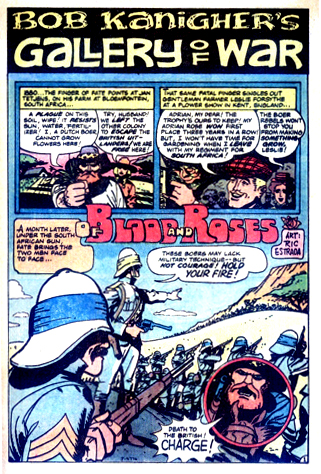Gil Kane & Wallace Wood — In Brightest Day…
Green Lantern #69, June 1969

Another checked box on the art bucket list: Green Lantern, pencils by Gil Kane and Inks by Wallace Wood, from the only GL issue (#69) they worked on together.
This dynamic page, created during the latter part of Kane’s run on the series, nicely showcases the artistic chops of both Kane and Wood. Although Woody was often known for completely overshadowing his pencilers, this issue’s collaboration is excellent — Wood adding his sleek polish to Kane’s imaginative storytelling and skillful figure work.
Green Lantern was all over the map during this period — story and art teams were always in flux, and it’s clear the book couldn’t find its footing. Ultimately, that editorial challenge proved to be a boon to comics and DC specifically, when a half year later, Denny O’neil and Neal Adams took over, added Green Arrow and revamped it all. At that point, what did they have to lose?
The rest, as they say, is history…





